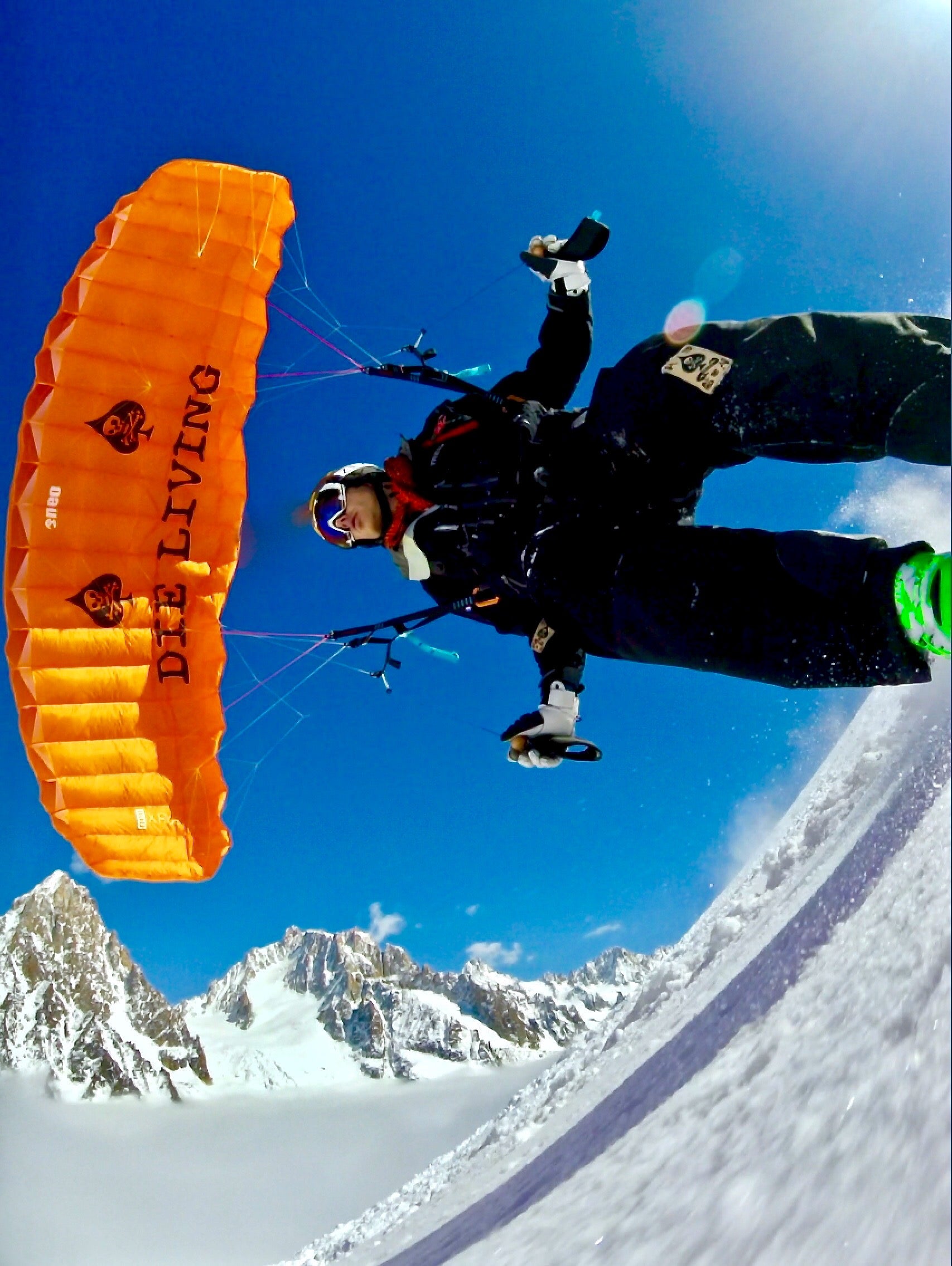
The gym bag just like our kit bag is a staple for training. For many of us, the type of gear we tote around says a lot about who we are.
The popularity growth of CrossFit proportionally grew the size of everyone's gym bags; suddenly people changed from carrying a simple pair of Do-win's to wraps, knee sleeves, belts and custom colored Nike or Adidas lifters.
While all of these items have a particular function aimed to enhance training, like all "kit" gear people need to know how and when to use each piece. The downside of trendy apparel mixed with group performance training is people see other people wearing particular items without understanding their function, and then buy things because it’s what the cool kids have.
While this is brilliant for marketing as a new, inexperienced lifter, it could detract from critical stages of your development.
Outfitting Your Gym Bag
Let's take a look inside most gym bags:
The Weight Belt
If I had to pick two items to take with me anywhere, my weight belt would certainly be one of them.
A weight belt functions as an artificial level of core stability during lifting whereby an athlete SHOULD breath INTO the belt then allow the belt along with his or her core to BRACE the midsection during movement.

There are many different types of weight belts currently on the market today with varying widths and thicknesses with latches such as buckles or Velcro.
Many lifters, both Power and Olympic, will opt for a thicker, leather belt with a buckle due to the amount of stability required for heavy lifting. The upside is such a belt will not loosen during a movement, as opposed to a "METCON" style belt, utilizing Velcro. A Velcro style METCON belt has the advantage of being taken on and off quickly though Velcro always tends to wear down over time possibly slipping loose during a lift.
With any level of artificiality added during your lift there runs a long term risk of developing a crutch, especially if the lifter uses the belt at lower percentages of their 1RM (less than 85%). The tightness of the belt should be as tight as possible allowing for a full breath into the belt (this may change depending on whether or not you are squatting or deadlifting due to the starting position of the lift).
While different training methodologies and personal philosophies argue on both sides, at SOFLETE there is a time and level of proficiency required for this piece of equipment. The time is where a load is at or over 90% of your 1RM lift, AND all movement mechanics are such that the lifter can move through the entire range of motion safely under load with no additional "kit."
Knee Sleeves
Aka shin or ankle warmers when it's cold…just kidding.

Knee sleeves (different than braces) function as a means to provide a level of compression to fatigued muscles or joints. Knee sleeves specifically are designed to prevent future injury, and, much like the weight belt, come in a variety of thicknesses and materials, which offer differing levels of support and compression. Sizing for knee sleeves is up to the lifter however many opt to buy a smaller size to facilitate greater compression. Higher compression is also achievable through the thickness of neoprene.
With any piece of equipment the use and size of knee sleeves is dependent on your current knee health, age and athletic background, and for goodness’ sakes…don't leave them around your ankles…you look ridiculous.
Wrist Wraps
Most wrist wraps typically come in two forms; thin strength wraps and thicker Velcro powerlifting style wraps. Wraps function as a means of additional support against deep extension during lifts.

After several years of coaching, some tips for the use of wrist wraps:
Make sure the wrap wraps the wrist and not high up on the forearm; unless you are aiming for a non-functional powerlifting bracelet. Secondly, wraps, like many other objects in our gym bag, are not an excuse for poor mobility, and unless a doctor prescribes a particular type of wrap or brace for an injury DON'T wear them during your warm ups.
At SOFLETE we recommend using wraps when nearing maximal loads to add additional support, especially when putting weight overhead.
Weightlifting Shoes
As mentioned earlier, if there were two pieces of equipment that I could take with me, the other one would be my weightlifting shoes.
Weightlifting shoes are an absolute game changer as performance based programming have adopted Olympic lifting as a main staple to their strength cycles. Weightlifting shoes, unlike regular shoes, provide the athlete a solid base (unlike our squishy soled running shoes) from which to generate force from the floor. The elevated heel allows for less ankle dorsiflexion resulting in a more comfortable and deeper squat position.

With any lift, the more stable the bottom squat position becomes, the more likely athletes will be in completing the lift. However, like wrist wraps and other pieces of our kit, wearing weightlifting shoes doesn't mean we shouldn't continue to work on stability in the bottom of the squat or improved ankle flexion or extension.
In conclusion, our operator's gym bag is comprised of useful tools to help enhance our training. Remember that like all kit, it IN NO WAY precludes the need for a continual pursuit of mastering the basics. Athletes should be working towards to a point where they can safely reach all ranges of motion unassisted before loading the system and applying gear to help enhance bodily function.
The better you are without all your "bells and whistles" the better you will be with them.
[apparel-ad]





Leave a comment
This site is protected by reCAPTCHA and the Google Privacy Policy and Terms of Service apply.